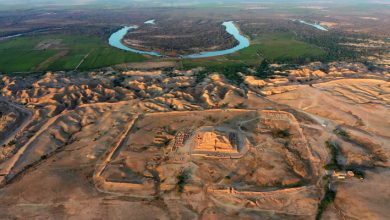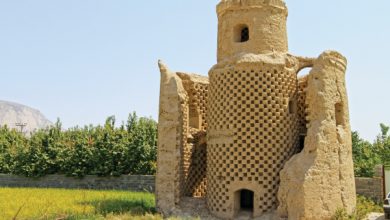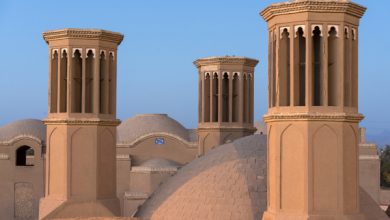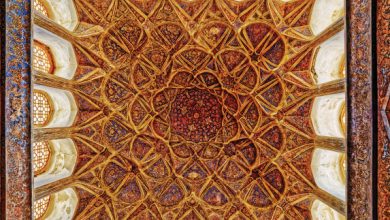
Author: Roshanak Masuri/ Translated by: Mohammad Hussein Borhan Mojarad/ Photo by: Arash Nooraghayee
Impressive representations of women or goddesses, made of bronze or carved out of stone, wearing elegant clothes belonging to a civilisation dating back several millenia. Elam, an ancient civilisation, mentioned in Bible many times. By the 2nd century BCE, Elam was on the wane. It only returned to the world’s history books in the 19th century CE after excavations at Susa had begun.
Despite the signs of urbanisation discovered that date to the early fourth millennium BCE on Khuzestan plain and at Susa, the political history of Elam is not clear before 2500–2600 BCE, in part due to linguistic ambiguities. Based on the documents found in the area, the Elamites were amongst the most important political powers two thousand years before the presence of the Achaemenids on the eastern Iranian Plateau. While in power, they were often in conflict with their neighbours in Mesopotamia. Elam, a Sumerian transliteration of elam(a) along with the later Akkadian word elamtu, were names originating with and used by Elam’s western neighbours. There are scholarly disagreements over the location and name of the civilisation, however some believe that the term means ‘highland’. In later times the civilisation was called Haltamti or Hatamti, which means the land of gods, in the Elamite language.
The Elamite civilisation, which lasted for more than two millennia, is generally divided by scholars into three eras: Old Elamite period (c. 2700–1600 BCE); Middle Elamite period (c. 1500–1100 BCE) and Neo-Elamite period (c. 1100–540 BCE). However, there is controversy over the precise beginning and end of each period due to a dearth of information. In the patterns and shapes of relics dating to the Elamite period we may construe manifestations of the Elamite worldview and creed. The widespread use of women as motifs in Elamite relics is probably unique in the history of Persia. According to their clothes and apparent roles, the evolution of Persian civilisation and history can be traced. Women were likely considered superior in the Elamite religion Perhaps they were seen as goddesses, even superior to gods: this is hinted at in a friendship accord between Hita (an Elamite king) and Naram-Sin (an Akkadian king) written on a clay tablet dating to 2260 BCE.
Depictions of women as queens, nuns, labourers and even musicians prove their active role in social and governmental activities in Elamite society. It is noteworthy that in comparison with artefacts dating to the Achaemenid era, especially from modern-day Iran, there are no depictions of queens or the family of the king…
Find more on:



